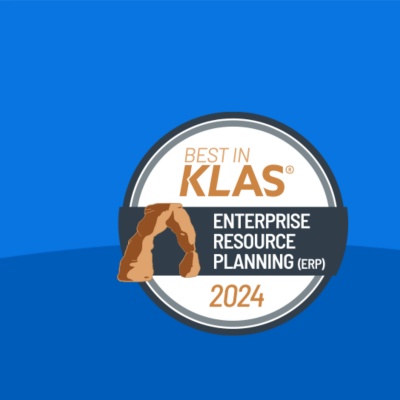How will Workday continue to use 100 percent renewable energy as the company grows globally?
We have been a 100 percent green power purchaser since 2008 and an EPA Green Power Partner since 2009. But we know there’s more we can do to accelerate our impact. That’s why we joined RE100, and in 2015 we signed on to the Corporate Renewable Energy Buyers’ Principles and became a member of the Business Renewables Center, both of which aim to help companies meet their renewable energy goals.
We’re committed to powering our global offices and data centers with renewable energy, including wind, solar, or geothermal sources, while looking for ways to increase renewable electricity on local electricity grids. For example, at our new Pleasanton development center we plan to use onsite solar energy to power up to one-third of the building’s projected daily electricity needs.
However, procuring renewable energy can be challenging at offices and data centers we lease rather than own. That’s why we are also researching strategic renewable energy investments such as virtual power purchase agreements that add clean energy to regional grids where we have operations.
Do these commitments have any impact on Workday’s customers?
Yes! The efficiency of our multi-tenant cloud architecture already helps our customers reduce business costs and carbon emissions, but these new commitments acknowledge that we plan to do more. And because our strategy to achieve these goals includes the carbon intensity of our data centers, our approach not only reduces our contribution to climate change—but by extension—our customers’ as well.






